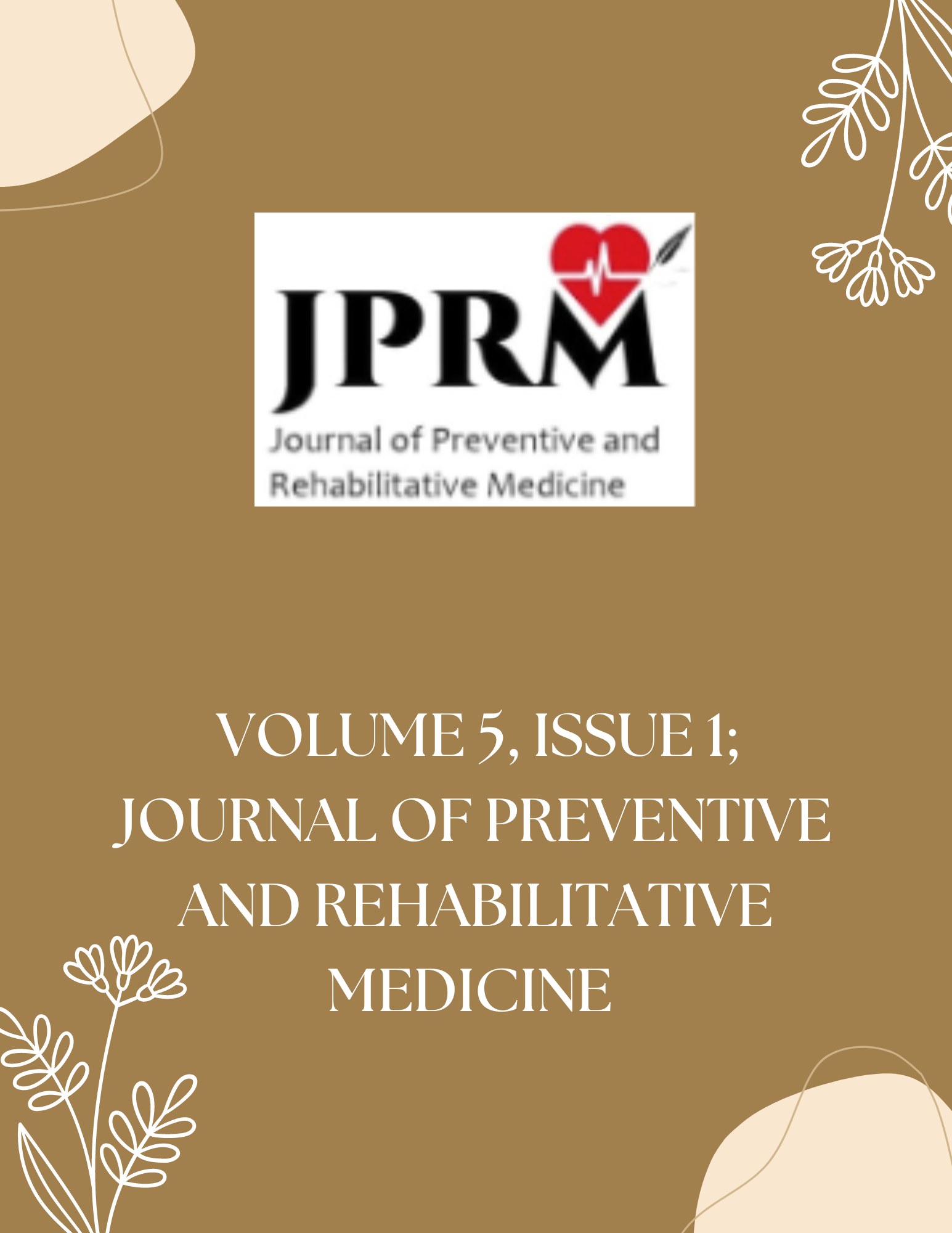Effectiveness and common side effects of Dolutegravir compared to Efavirenz-based regimens of combined antiretroviral therapy
Abstract
Background: In 2016WHO recommended Dolutegravir, an integrase strand transfer inhibitor, as an alternative first-line treatment regimen to Efavirenz, a non-nucleoside reverse transcriptase inhibitor. In 2018, Zambia treatment guidelines recommended DTG based-regimens as first-line combinational antiretroviral therapy, and those on Efavirenz based-regimens had to be switched to Dolutegravir based regimens. The study aimed to determine whether there was a difference in time taken for patients to achieve viral suppression between those switched to Dolutegravir versus those initiated on Efavirenz based regimens. Methods and Materials: In this Ambispective cohort study, data were collected using the file records of clients from January 2018 to January 2020 and then clinical follow ups and results following up to January 2021. A total of 201 clients were included in this study whose files were resident at the Kitwe Teaching Hospital antiretroviral therapy clinic. Clients included in this study were those who had been initiated on either an EFV-based regimen or a Dolutegravir based regimen. To evaluate the amount of time it takes naïve clients to attain viral suppression (<1000 copies/mL), viral load was analyzed at 24, 48, and 96 weeks. Results: At 96 weeks, 92.2% naïve clients on Efavirenz regimen and 100% naïve client on Dolutegravir regimen had a viral load of <1000 copies/mL showing a significant difference in the viral load suppression between the Efavirenz based regimen (M=1.3) and Dolutegravir (M=0.4); t (1) =2.9, p = 0.004. At week 48 of being switched to DTG-regimen, 72.5% of clients had attained undetectable levels and Post hoc tests showed that CD4 counts after 48 weeks (mean rank = 2.42) were higher than those before the switch (mean rank = 1.60) and at 24 weeks (mean rank = 1.98) of treatment. It was observed that naïve clients experienced more side effects on the Efavirenz based regimen than on Dolutegravir regimen (p<0.001) and that clients experienced more side effects while they were on the Efavirenz based regimen than when they were switched to Dolutegravir regimen (p=0.0004). Conclusion: There is better effectiveness of Dolutegravir based regimen as there are fewer side effects experienced and better viral suppression attainment than on an Efavirenz based regimen. Therefore, Dolutegravir based regimens should be considered as actual first line treatment regimen.All authors who submit their paper for publication will abide by following provisions of the copyright transfer: 1. The copyright of the paper rests with the authors. And they are transferring the copyright to publish the article and used the article for indexing and storing for public use with due reference to published matter in the name of concerned authors. 2. The authors reserve all proprietary rights such as patent rights and the right to use all or part of the article in future works of their own such as lectures, press releases, and reviews of textbooks. 3. In the case of republication of the whole, part, or parts thereof, in periodicals or reprint publications by a third party, written permission must be obtained from the Managing Editor of JPRM. 4. The authors declare that the material being presented by them in this paper is their original work, and does not contain or include material taken from other copyrighted sources. Wherever such material has been included, it has been clearly indented or/and identified by quotation marks and due and proper acknowledgements given by citing the source at appropriate places. 5. The paper, the final version of which they submit, is not substantially the same as any that they had already published elsewhere. 6. They declare that they have not sent the paper or any paper substantially the same as the submitted one, for publication anywhere else. 7. Furthermore, the author may only post his/her version provided acknowledgement is given to the original source of publication in this journal and a link is inserted wherever published. 8. All contents, Parts, written matters, publications are under copyright act taken by JPRM. 9. Published articles will be available for use by scholars and researchers. 10. IJPRM is not responsible in any type of claim on publication in our Journal. .

